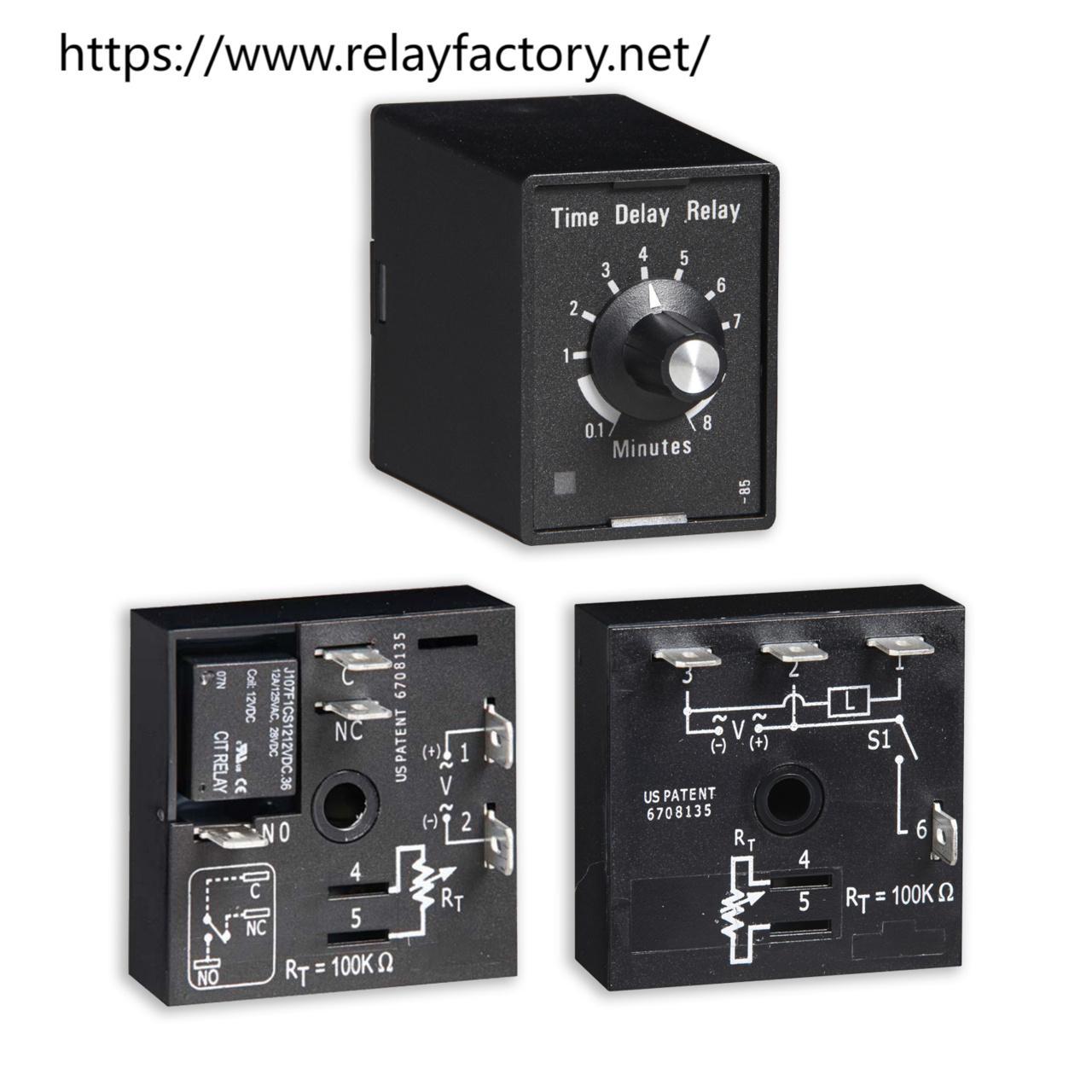Time Relay: Enhance Automation with Precise Control

Time Relay plays an essential role in modern control and automation systems. It is a device designed to manage the timing of electrical circuits, providing precise delays for switching operations. Whether in industrial machinery, lighting setups, or automation processes, a Time Relay ensures that actions occur in a controlled sequence, enhancing both safety and operational efficiency. By regulating how long a circuit remains active or inactive, this component contributes to smoother workflows and reduces the risk of equipment strain caused by abrupt changes.
The functionality of a Time Relay extends beyond simple on/off operations. It allows engineers and technicians to implement programmable delays tailored to specific applications. For example, in conveyor systems, it can synchronize motor starts to avoid mechanical collisions, while in heating or cooling units, it manages intervals to maintain stable conditions. With flexible settings, users can adapt timing intervals according to the demands of the system, making the relay a versatile addition to automated setups.
One of the notable advantages of using a Time Relay is its ability to optimize energy consumption. By precisely controlling operational periods, electrical loads are minimized, preventing unnecessary power usage. This contributes not only to cost efficiency but also to extending the lifespan of connected devices. The relay operates quietly and reliably, requiring minimal intervention once properly configured. Its design allows integration with a variety of circuit types, from low-voltage signaling to more complex industrial networks, without compromising performance.
Maintenance and installation of a Time Relay are generally straightforward, which adds to its appeal for both professional and smaller-scale applications. Many models feature adjustable settings, clear labeling, and compact designs, allowing them to fit into existing panels or machinery with limited space. Furthermore, the durability of these components ensures consistent operation under varying environmental conditions, making them suitable for locations with frequent use or fluctuating temperatures.
Innovation in Time Relay technology has also brought features such as multiple delay modes and visual indicators, which help users monitor system status effectively. This adaptability allows the device to serve diverse roles, including sequential activation, delayed shutdown, and interval control. By incorporating these functionalities, operators can streamline processes that would otherwise require manual intervention or more complex programming.
Safety is another key consideration. Properly implemented Time Relays can prevent short circuits, motor overloads, or unintended activations, thereby protecting equipment and personnel. The controlled timing ensures that circuits engage only when required, reducing the potential for mishaps and maintaining smooth operation in automated environments. For professionals seeking reliable control solutions, these components offer a blend of simplicity and precision that supports long-term system performance.
For businesses and individuals looking to enhance automation systems, exploring high-quality Time Relay options is essential. Reliable suppliers provide a range of models suitable for different applications, backed by technical support and guidance for proper selection and configuration. Choosing components that meet industry standards ensures efficiency, durability, and operational safety. To explore a wide selection of Time Relays and related control devices, visit https://www.relayfactory.net/. The website offers detailed specifications, practical guidance, and options designed to suit diverse automation requirements.
- Biografi
- Sanat
- Bilim
- Firma
- Teknoloji
- Eğitim
- Film
- Spor
- Yemek
- Oyun
- Botanik
- Sağlık
- Ev
- Finans
- Kariyer
- Tanıtım
- Diğer
- Eğlence
- Otomotiv
- E-Ticaret
- Spor
- Yazılım
- Haber
- Hobi
